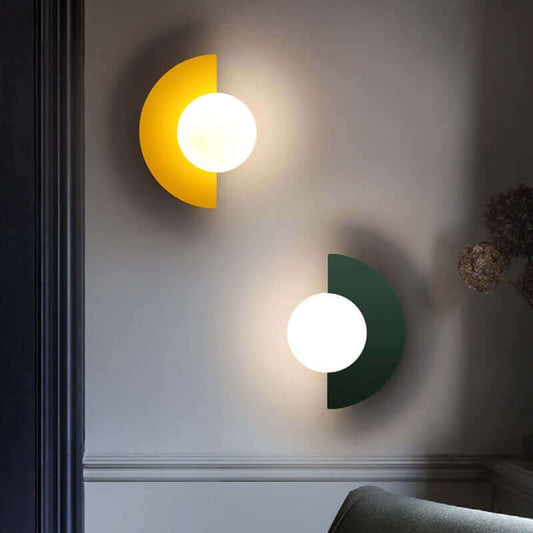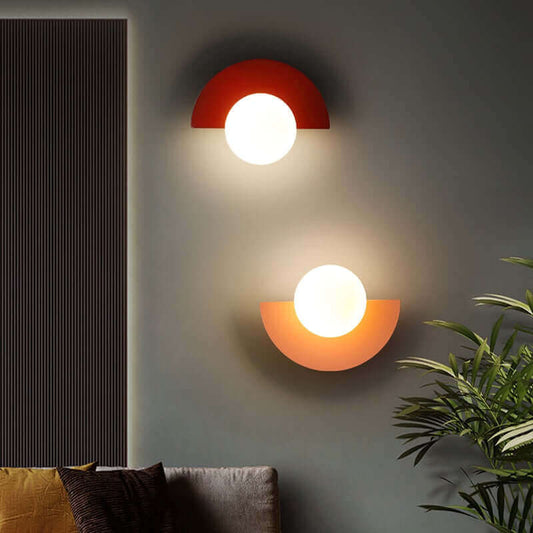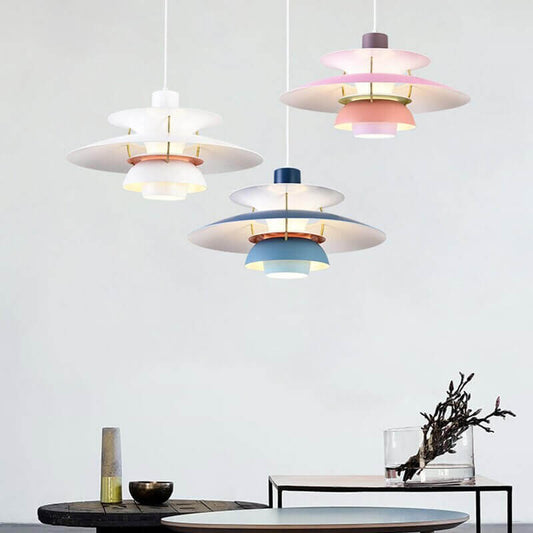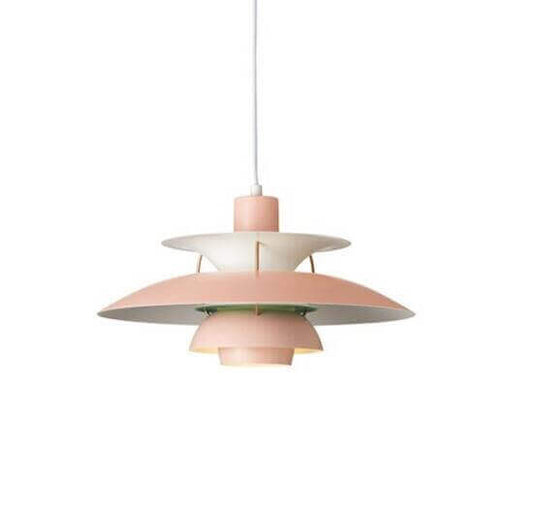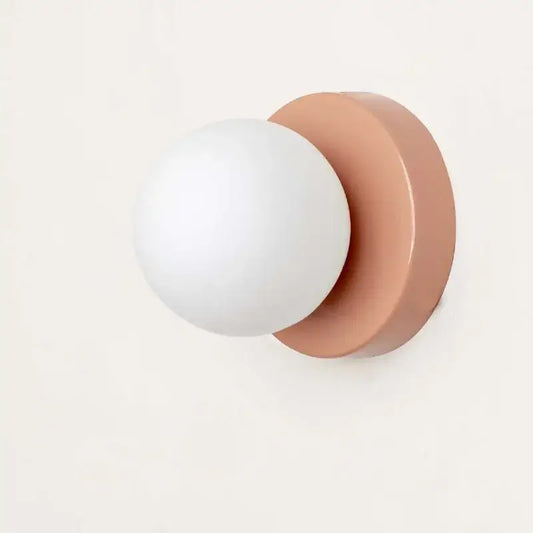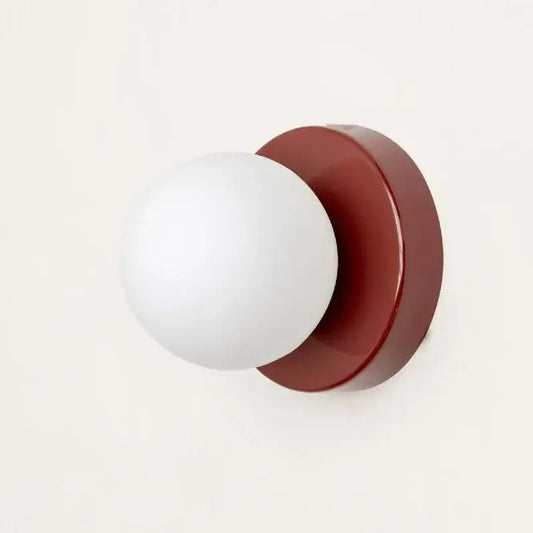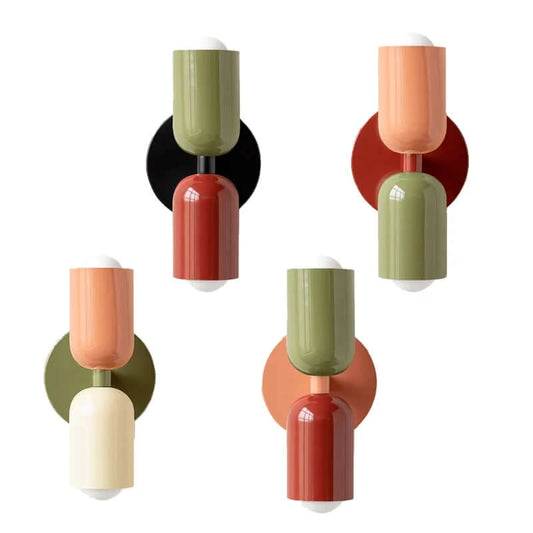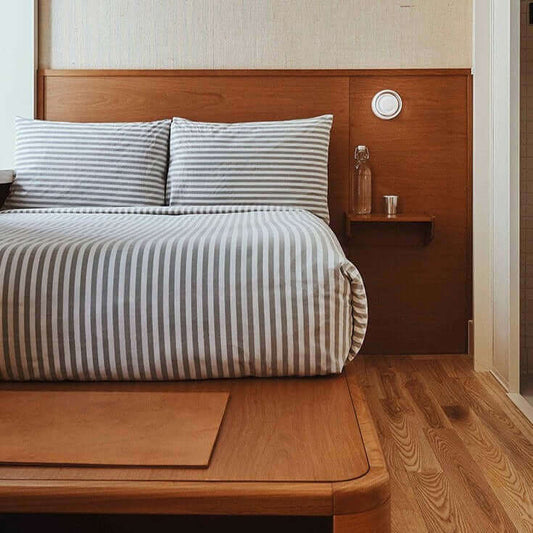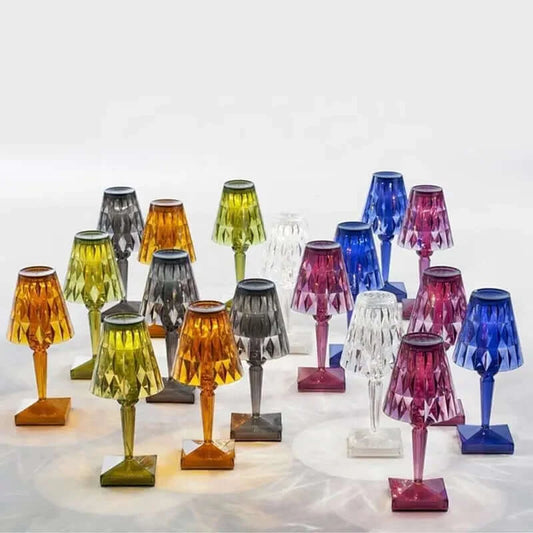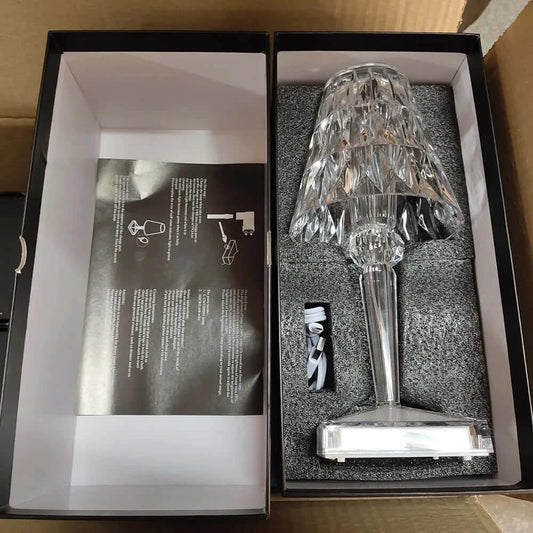When it comes to interior design, one of the most critical yet often overlooked elements is lighting. The ability of light to influence our emotions and behaviours is profound; it can affect our mood, productivity, and overall perception of a space. In this article, we’ll explore the psychology of lighting, how different types of lighting can change our environment, and practical tips to optimize lighting using tools such as floor lamps, table lamps, wall light fixtures, and ceiling light fixtures.
The Science Behind Light and Mood
Before we dive into specific lighting options, it’s essential to understand the scientific principles behind light and mood. The relationship between lighting and human psychology is deeply rooted in our biology. Our bodies react to light in multiple ways:
- Circadian Rhythms: Natural light regulates our internal clock, affecting sleep patterns and energy levels.
- Emotion Regulation: Different light colours can evoke specific feelings, influencing our emotions and behaviours.
- Task Performance: The brightness and type of light can significantly impact our productivity and focus.
Circadian Rhythm and Natural Light
Circadian rhythms are your body's natural sleep-wake cycles that are significantly influenced by the presence of natural light. Exposure to bright, natural light during the day helps to elevate your mood and increase alertness, while dim light in the evening can promote relaxation and prepare the body for sleep. This is why incorporating elements such as large windows or strategically placing floor lamps and table lamps with adjustable brightness is crucial in any space.
The Role of Different Light Types
Lighting is not a one-size-fits-all scenario; the type of lighting you choose plays a vital role in mood alteration. Here are the various types of lighting that can change the ambiance of a space:
Warm vs. Cool Lighting
Overall, lighting can be categorized into two main types: warm and cool lighting. Warm light (yellow or soft white tones) promotes comfort, relaxation, and intimacy, making it ideal for bedrooms and living areas. Cool light (blue or daylight tones), on the other hand, is invigorating and best suited for workspaces or areas where concentration is key.
Layered Lighting
Incorporating layered lighting is a fundamental principle of interior design. This includes:
- Ambient Lighting: The primary source of light that fills a room—such as ceiling light fixtures.
- Task Lighting: Focused lighting for specific activities, like reading or cooking, typically provided by table lamps or floor lamps.
- Accent Lighting: Highlights certain elements of the room, such as artwork or architectural features, often achieved with wall light fixtures.
The Effects of Brightness
Brightness can also have psychological effects. Bright spaces tend to be more energizing and motivating, while dim spaces can encourage relaxation. Adjustability is key here; using dimmable ceiling light fixtures or floor lamps can allow homeowners to tailor the environment based on their current mood or activity level.
Creating Mood with Lighting
Now that we understand the types of lighting, let’s delve deeper into how specific lighting choices can create desired moods in a space. Here are practical ways to evoke different feelings and atmospheres:
Inviting Comfort with Warm Lighting
To make a space feel inviting and comfortable, utilize warm lighting. Soft yellow tones from floor lamps and table lamps placed strategically around a living room can help create a cozy atmosphere for social gatherings. Install dimmers on your ceiling light fixtures to easily adjust the mood from lively to serene with just a flick.
Boosting Productivity with Bright Lighting
In spaces dedicated to work—like an office or workshop—opting for bright, cool lighting can enhance focus and efficiency. Consider placing LED task lighting from table lamps on desks for focused work. Pair this with ample ambient light from ceiling light fixtures to minimize shadows and reduce eye strain.
Setting the Scene with Accent Lighting
Accent lighting, like directed light from wall light fixtures, can help highlight specific objects in a room, like artwork or architectural details. This type of lighting adds visual interest and can stimulate conversation, making it ideal for dining areas or lounge spaces.
Strategic Placement of Lighting Fixtures
The placement of your lighting fixtures significantly affects how light interacts with the space and influences mood. Here are some strategic methods for placing your lighting:
Utilizing Floor Lamps
Floor lamps can fill dark corners and add a decorative element, effectively providing both function and style. Consider placing them next to seating arrangements to create reading nooks, ensuring task lighting is available without overwhelming the ambiance. Additionally, using multiple floor lamps in larger rooms can help balance light distribution.
Complementing Table Lamps
Table lamps can offer both style and a soft glow to bedside tables or end tables in a living space. By varying the height and size of table lamps, you can add dynamism and hierarchy to the space. This variety lends itself to both aesthetic appeal and effective lighting for various tasks—from reading at night to enjoying a late-night cup of tea.
Focusing on Wall Light Fixtures
Wall light fixtures are excellent for creating texture and interest on your walls. They can highlight features or be used as shadow-casting elements, giving depth to your design. Place them at varying heights to create a dramatic effect and to avoid a monotonous lighting scheme.
Choosing the Right Ceiling Light Fixtures
Ceiling light fixtures form the foundation of your room’s lighting. Choose fixtures that suit your overall design aesthetic—be it modern, vintage, or eclectic. An eye-catching chandelier can serve as a statement piece while offering ambient lighting suitable for different moods when combined with dimmers.
Lighting and Emotional Well-Being
The connection between lighting and emotional well-being cannot be overstated. Light exposure affects the production of hormones like serotonin, which influences our mood and behaviour. Here are some ways to promote emotional health through optimal lighting:
Natural Light Exposure
Maximizing natural light during the day can significantly enhance your mood. Consider using sheer curtains with your ceiling light fixtures or wall light fixtures that allow natural light to filter through while providing privacy. Incorporating mirrors into your design can reflect light and make your space feel more open and inviting.
Seasonal Adjustments
As the seasons change, so too should your lighting strategy. Warmer tones can be especially soothing during winter months when darkness prevails. Utilize adjustable floor lamps to emphasize warmth and cosiness during colder seasons while switching to cooler tones during summer to embrace freshness and vitality.
Final Thoughts: Crafting Your Light Haven
By understanding the psychology of lighting and its profound impact on our mood, we unlock the potential to create spaces that are not only functional but also conducive to emotional well-being. Remember to experiment with various types of lighting—from floor lamps to ceiling light fixtures—to discover what makes you feel most alive and productive.
Your living space is a reflection of your personality and mood, so why not craft it into a sanctuary of light that resonates with your emotional needs? Ready to illuminate your world? Embrace the power of lighting and create an atmosphere that sparks joy and ignites creativity in every corner!





